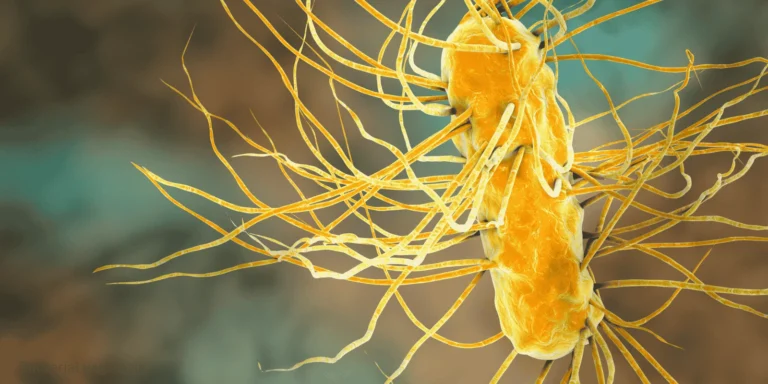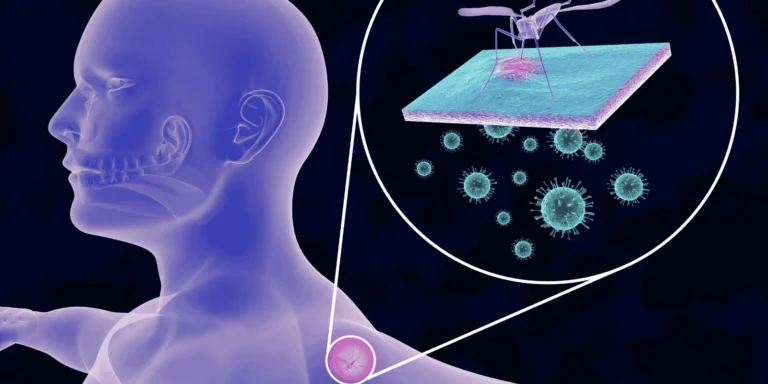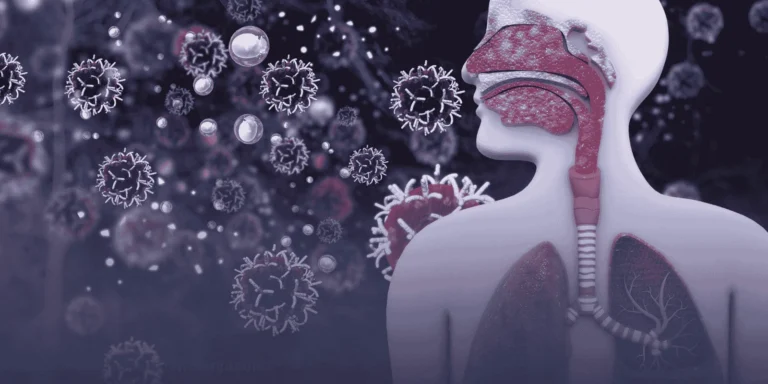Several tick-borne diseases start with symptoms identical to the flu – fever, chills, body aches, and fatigue. This mimicry causes delays in diagnosis and treatment, which can be dangerous since some of these infections worsen rapidly without proper antibiotics.
Why tick diseases feel like the flu:
Your immune system responds to tick-borne bacteria and parasites the same way it responds to influenza – with widespread inflammation. This triggers fever, muscle aches, and that overall feeling of being run over by a truck.
The tricky part? These symptoms appear 1-2 weeks after the tick bite, long after you’ve forgotten about it or never noticed it in the first place. About 30% of people with tick-borne diseases never remember being bitten.
Tick diseases commonly mistaken for flu:
Anaplasmosis hits hard and fast with high fever (often 102-104°F), severe headache, muscle aches, and chills. Most patients feel terrible enough to see a doctor, but without the tick exposure history, it looks exactly like a bad flu case.
Blood tests show low white blood cells and low platelets – findings you don’t see with flu. That’s often what tips doctors off.
Ehrlichiosis causes similar symptoms – fever, headache, muscle aches, and fatigue. About 30% of patients develop a rash, but it’s not the bull’s-eye rash people associate with Lyme. It’s more like small red spots.
Kids with ehrlichiosis often seem sicker than adults, with higher fevers and more severe symptoms.
Babesiosis starts gradually with fatigue, fever, and chills that come and go. The pattern of intermittent fever resembles malaria more than flu, but early on it’s hard to distinguish. Some people barely notice symptoms while others become severely ill.
Powassan virus is rare but concerning. Initial flu-like symptoms can progress to severe neurological problems including confusion, seizures, and weakness. There’s no specific treatment, making prevention extra important.
Key differences from actual flu:
Timing matters. Flu spreads during winter months and you’ll know others who are sick. Tick diseases occur spring through fall (peak tick season) and you won’t find other sick people around you.
Tick exposure history is the biggest clue, though many people don’t remember a bite. Ask yourself: Have I been in wooded areas, tall grass, or leaf litter in the past 2-3 weeks?
Rash patterns differ. Flu rarely causes rashes. Lyme disease produces the characteristic bull’s-eye. Rocky Mountain Spotted Fever causes a spotted rash starting at wrists and ankles.
Blood test abnormalities show up with tick diseases – particularly low white blood cells and platelets – which don’t happen with flu.
Why quick diagnosis matters:
Tick-borne diseases respond well to doxycycline when caught early. Delays can lead to complications affecting the heart, nervous system, and other organs. Rocky Mountain Spotted Fever can be fatal without prompt treatment.
If you develop flu-like symptoms during tick season, especially with outdoor exposure history, mention this to your healthcare provider. ChatRx can help evaluate symptoms and determine if prophylactic treatment following tick exposure is appropriate.













